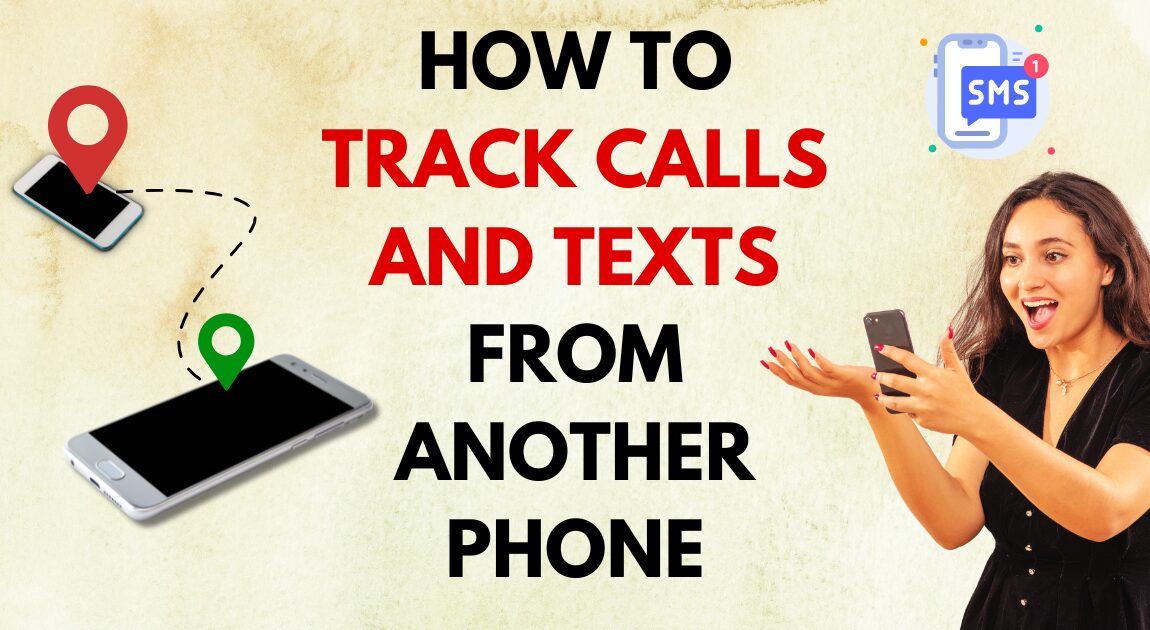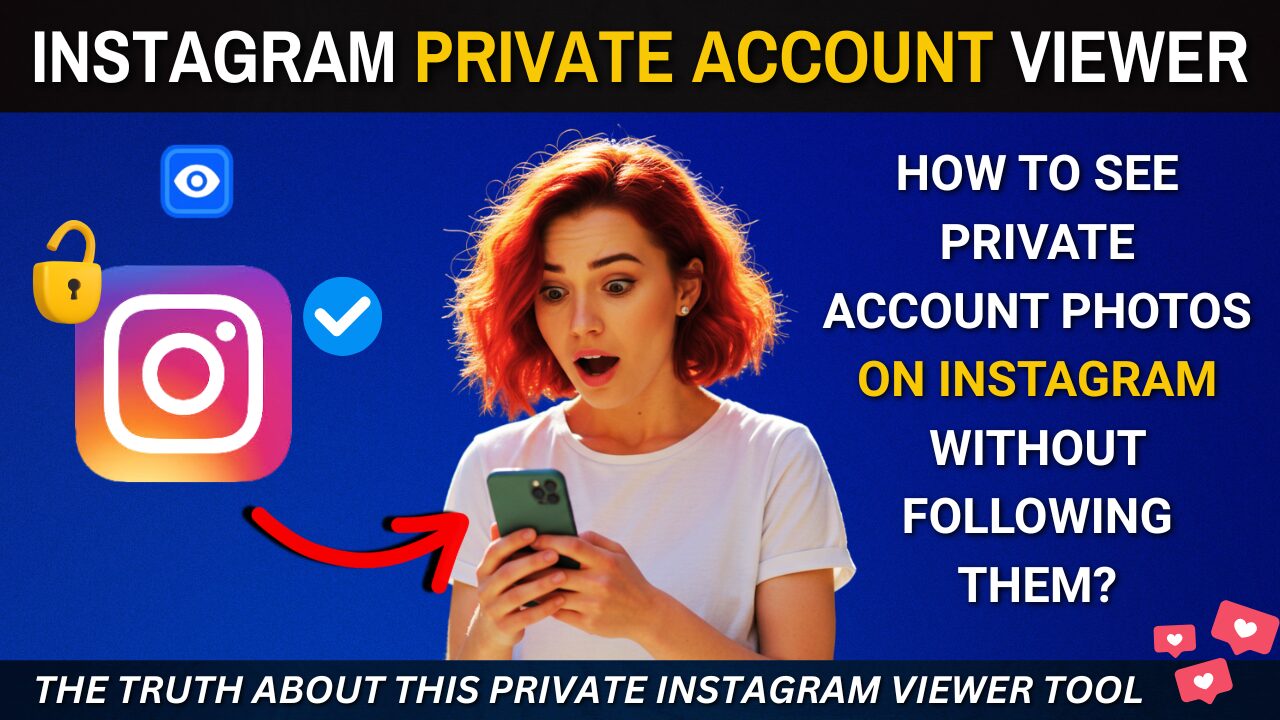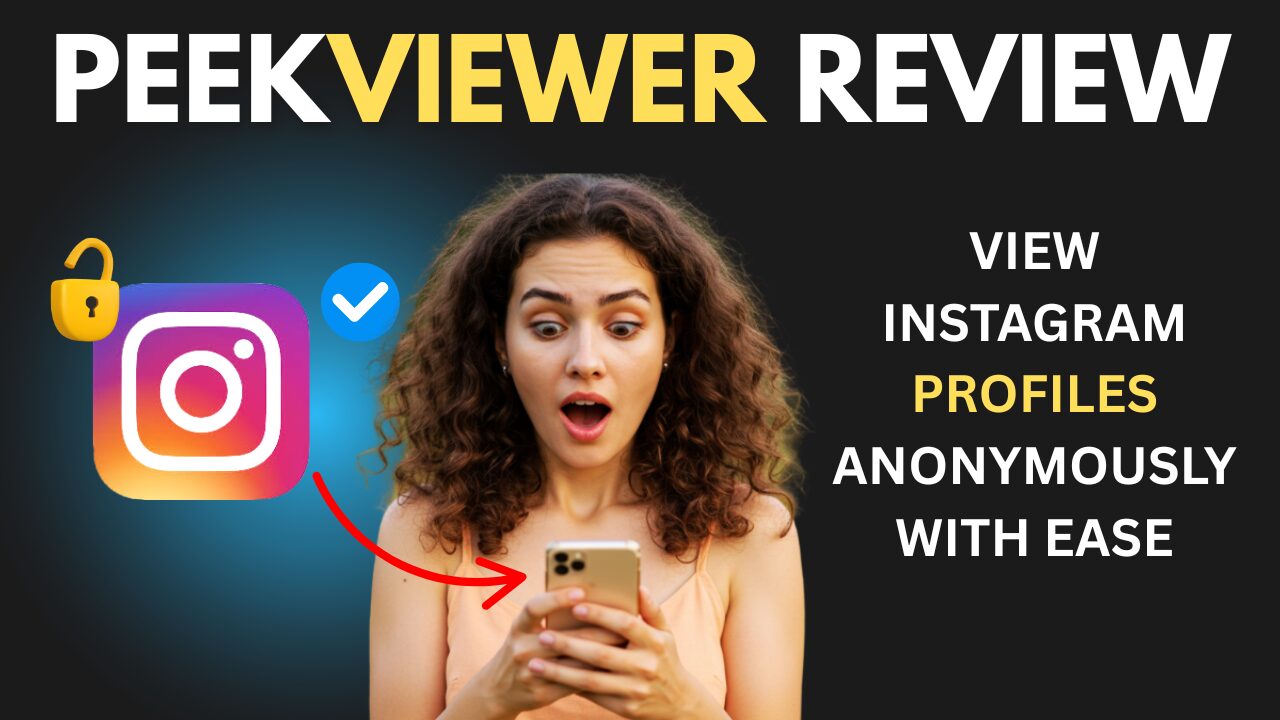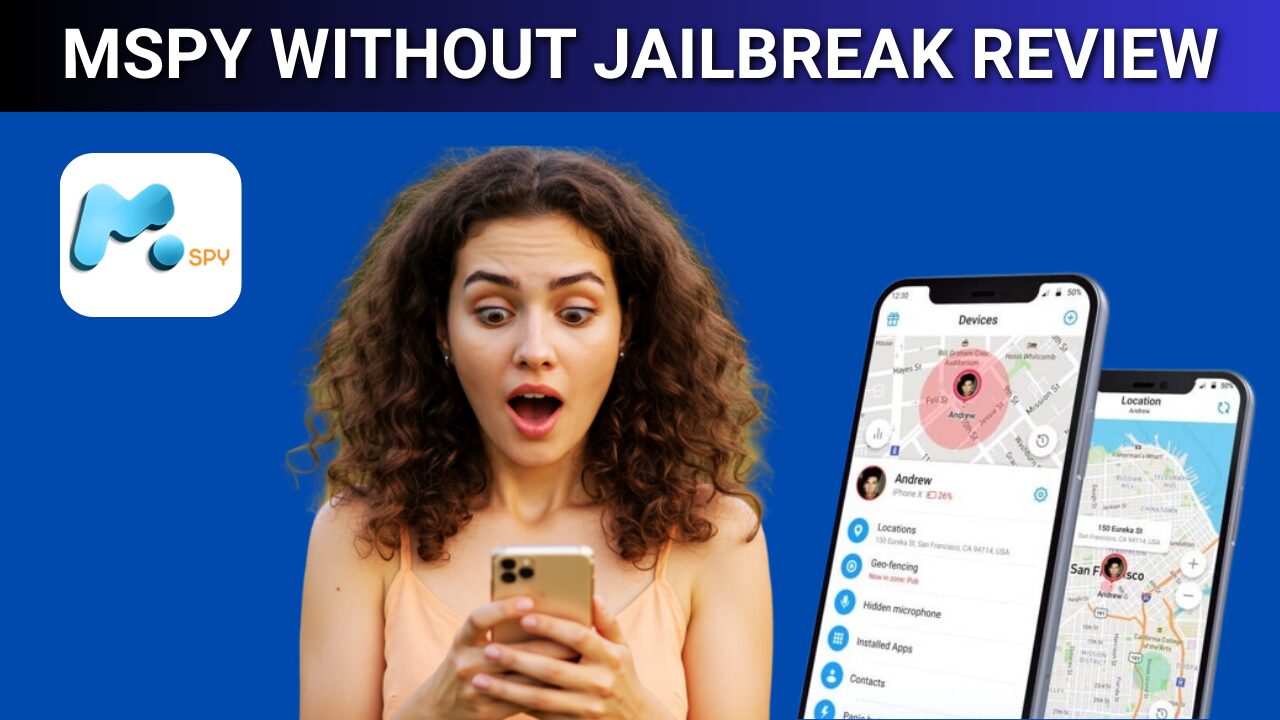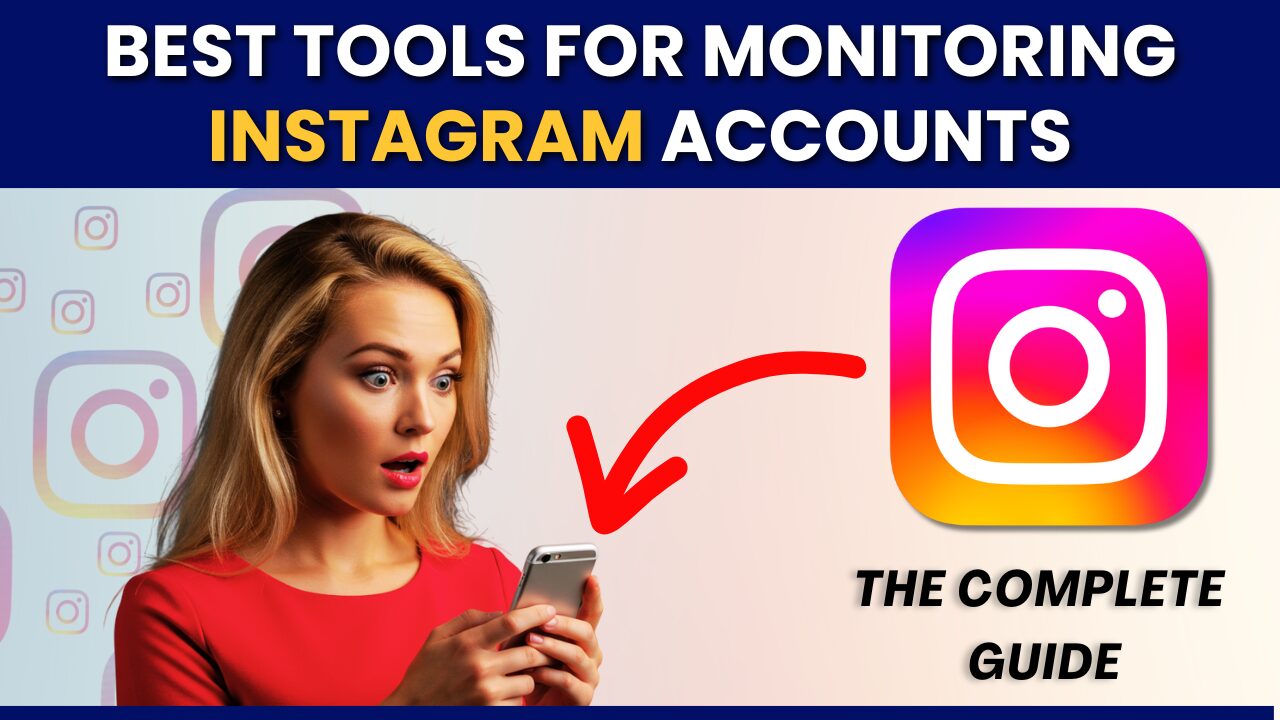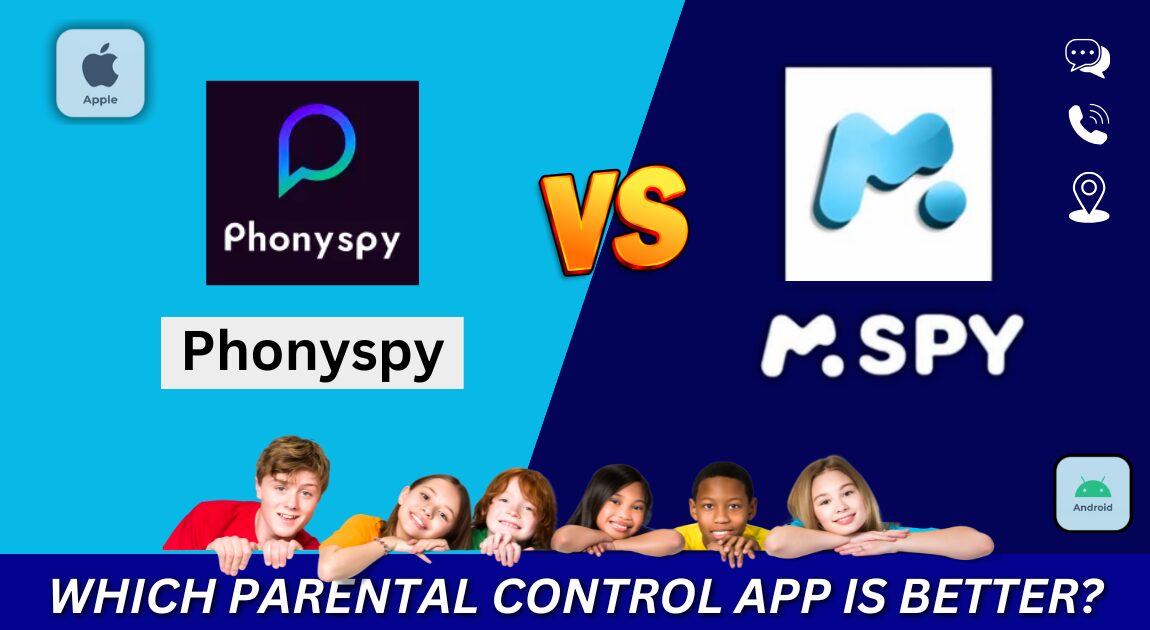Have you ever wondered if it’s possible to track calls and texts from another phone? You’re not alone! As a former tech journalist turned digital privacy advocate, I’ve spent years exploring the ins and outs of phone monitoring.
It’s a topic that fascinates and concerns me in equal measure. Did you know that a staggering 82% of Americans are worried about their online privacy? That’s huge! But here’s the thing: sometimes there are valid reasons for wanting to monitor someone’s phone activity.
Maybe you’re a concerned parent, or an employer trying to protect company data. Whatever your situation, I’m here to guide you through the complex world of phone tracking – the good, the bad, and the potentially ugly.
Understanding Phone Tracking: Legal and Ethical Considerations
Let me tell you, when I first started researching phone tracking, I was like a kid in a candy store. All these cool technologies and apps promising to reveal every little detail of someone’s phone activity? Sign me up! But then reality hit me like a ton of bricks.
I remember sitting in a coffee shop, excitedly telling a lawyer friend about my latest article on phone monitoring apps. Her face? Pure horror. “Do you have any idea how illegal that could be?” she practically yelled.
That was my wake-up call. I realized I’d been so caught up in the “how” of phone tracking that I’d completely overlooked the “should we?” Let’s break it down:
First off, phone tracking technologies are pretty darn impressive these days. We’re talking GPS location tracking, call and text monitoring, even the ability to see someone’s internet browsing history. It’s like having a tiny spy in your pocket!
But here’s the kicker: in most cases, tracking someone’s phone without their knowledge or consent is illegal. Full stop. There are exceptions, like parents monitoring their minor children’s devices or employers tracking company-owned phones (with proper disclosure).
But secretly tracking your spouse or your neighbor’s phone? That’s a big no-no, folks.
The ethical concerns are just as thorny. Even if it’s technically legal, is it right to invade someone’s privacy like that? Trust me, I’ve been on both sides of this equation.
I once caught an ex snooping through my phone, and let me tell you, that betrayal of trust stung worse than the actual information they found.
And don’t even get me started on the potential consequences of unauthorized tracking. We’re talking potential criminal charges, civil lawsuits, and in some cases, evidence gathered through illegal tracking might not even be admissible in court. Is it really worth the risk?
My advice? Always, always, always get consent before tracking anyone’s phone. And even then, think long and hard about whether it’s truly necessary. Sometimes good old-fashioned communication is the better way to go.
Popular Methods for Tracking Calls and Texts
Alright, so you’ve weighed the pros and cons and decided that phone tracking is necessary in your situation (and you’ve got the proper consent, right?). Let’s explore some of the most popular methods available.
Trust me, I’ve tried pretty much all of these at some point or another – for research purposes only, of course!
Built-in features on iOS and Android devices:
Both Apple and Google have stepped up their game when it comes to built-in tracking features. On iOS, you’ve got the “Find My” app, which can help locate a device and even show its location history.
Android has similar functionality with “Find My Device”. These are great for basic location tracking, but they won’t give you access to calls and texts.
Third-party tracking apps:
This is where things get interesting (and potentially dicey). There are tons of apps out there claiming to be the ultimate phone monitoring solution.
Some of the more reputable ones include mSpy, FlexiSPY, and uMobix. These apps can track calls, texts, social media activity, and more. But here’s the catch – most require physical access to the target device for installation.
And let me tell you, sneaking around trying to install spy software on someone’s phone is not a good look. Been there, regretted that.
Cloud-based monitoring solutions:
These are becoming increasingly popular, especially for parents and employers. They work by accessing data that’s already being backed up to the cloud.
For example, if you have access to someone’s iCloud or Google account, you might be able to see their call logs, messages, and other data without needing to install anything on their actual device. It’s sneakier, but still raises plenty of ethical questions.
SIM card tracking:
This method involves tracking the SIM card itself rather than the phone. It’s less common and usually requires going through the mobile carrier. It’s typically only available for law enforcement or in cases of suspected fraud.
I remember trying out a bunch of these methods when I was writing a feature on digital privacy. I set up an old phone as a “target” device and went to town with various tracking apps.
Let me tell you, it was eye-opening (and a little terrifying) to see just how much information these tools could gather. But it also made me hyper-aware of my own digital footprint. Now I’m the guy who reads every single privacy policy and permission request!
Step-by-Step Guide to Setting Up Phone Tracking
Okay, so you’ve decided to set up phone tracking. Maybe you’re a worried parent, or perhaps you’re trying to keep tabs on a company phone. Whatever the reason, I’m here to walk you through the process. But first, a little story time.
Picture this: It’s 2 AM, and I’m hunched over my laptop, surrounded by energy drink cans, trying to figure out how to set up a tracking app for an article I’m writing. I thought I was tech-savvy, but man, was I in for a rude awakening.
After hours of frustration (and maybe a few choice words), I finally cracked it. So, learn from my mistakes, folks!
Step 1: Preparing the target device
Before you do anything, make sure you have proper authorization to monitor the device. For parents, this means having a conversation with your kids about digital safety. For employers, ensure your employees are aware of and consent to monitoring.
Next, you’ll need to disable any antivirus software on the target device temporarily. Most tracking apps get flagged as potential malware (for good reason!). Also, make sure the device has a stable internet connection – you’ll need it for installation and data syncing.
Step 2: Installing and configuring tracking software
Choose your tracking software wisely. I recommend sticking with reputable companies like mSpy or FlexiSPY. Here’s the general process:
- Purchase a subscription to your chosen tracking service.
- You’ll receive an email with installation instructions – follow them carefully!
- On the target device, go to “Settings” > “Security” and enable installation from unknown sources.
- Download and install the tracking app using the link provided.
- Follow the on-screen prompts to set up the app – this usually involves granting various permissions.
- Once installed, the app icon will typically disappear from the home screen to remain hidden.
Step 3: Accessing monitored data securely
Now comes the part where you actually get to see the tracked data. Most services provide a web-based control panel or a separate app for the monitoring device.
- Log in to your account on the tracking service’s website or monitoring app.
- You should see a dashboard with various categories of data (calls, texts, location, etc.).
- Click on each category to view detailed information.
- Some services offer real-time monitoring, while others update periodically.
Remember, this data is sensitive stuff. Use a strong, unique password for your tracking account and enable two-factor authentication if available.
Step 4: Troubleshooting common issues
Trust me, things don’t always go smoothly. Here are some common hiccups I’ve encountered:
• App not installing: Make sure you’ve disabled antivirus and allowed installation from unknown sources.
• No data showing up: Check the target device’s internet connection and make sure background data isn’t restricted.
• Battery drain: Tracking apps can be power-hungry. You might need to adjust settings or explain increased charging frequency.
• App discovered: If the person you’re monitoring is tech-savvy, they might find the app. Have an honest conversation if this happens.
Remember, the goal here isn’t to be sneaky or invasive. It’s about safety and accountability. Always prioritize open communication over covert tracking when possible.
Top Tracking Apps and Software for Phone Monitoring
Alright, time to dive into the nitty-gritty of tracking apps. I’ve tested more of these than I care to admit, and let me tell you, they’re not all created equal.
Some are sleek and user-friendly, while others… well, let’s just say I’ve had more pleasant experiences trying to assemble IKEA furniture blindfolded.
1. mSpy

How to Track Calls and Texts from Another Phone with mSpy
Tracking calls and texts on another phone may sound difficult, but apps like mSpy make it easy and straightforward. mSpy is a parental control app designed to help parents keep an eye on their children’s phone activity. Here’s a simple guide on how mSpy can help you track calls and text messages.
What is mSpy?
mSpy is an app that lets you monitor another phone without being too technical. Once installed, it works quietly in the background, recording important information and sending it to your mSpy account. You can access this information from any device connected to the internet.
This is often considered the gold standard of phone monitoring apps. It’s packed with features and works on both iOS and Android.
Pros:
• Comprehensive tracking (calls, texts, location, social media)
• User-friendly interface
• Regular updates and good customer support
Cons:
• Quite pricey
• The app needs to be installed on the phone you want to track.
2. FlexiSPY

FlexiSPY is an app that helps you monitor another phone’s activity, like calls and text messages. It’s mainly used by parents to keep an eye on their kids or by employers to track company phones. Here’s a simple guide on how FlexiSPY can help you track calls and texts easily.
What is FlexiSPY?
FlexiSPY is a tracking app that lets you see what’s happening on another phone. Once you install it on the phone you want to monitor, it runs in the background and collects data on calls, texts, and more. You can check this information anytime by logging into your FlexiSPY account.
Another heavy hitter in the tracking world. It’s known for its advanced features, including call interception.
Pros:
• Extremely detailed tracking capabilities
• Can record phone calls and ambient sounds
• Works on a wide range of devices
Cons:
• Very expensive
• Some features may be considered too invasive
3. uMobix

uMobix is an app that helps you monitor another phone’s calls and texts. It’s mostly used by parents to keep an eye on their kids’ activities or by people who need to manage devices they own.
What is uMobix?
uMobix is a tracking app you install on the phone you want to monitor. It runs quietly in the background, gathering information on calls, texts, and other activities. You can view all this information by logging into your uMobix account from any device.
Pros and Cons of uMobix
Pros:
- Easy setup and simple to use.
- Detailed call and text tracking – see contacts, times, and message content.
- Works in the background without being noticed.
- Also tracks social media and internet activity for added monitoring.
Cons:
- Requires access to the phone for installation.
- Not free – you need a subscription to use it.
- Tracking without permission may be illegal in some places, so it’s best for parental control or devices you own.
4. Cocospy

Cocospy is an app that lets you track calls and text messages from another phone. It’s often used by parents who want to make sure their kids are safe or by people who need to monitor devices they own.
What is Cocospy?
Cocospy is a tracking app you can install on the phone you want to monitor. It runs quietly in the background, collecting information on calls, texts, and more. You can view this information anytime by logging into your Cocospy account from any device with internet.
This one’s great for parents looking for a simple, no-frills tracking solution.
Pros:
• Easy setup
• Doesn’t require jailbreaking or rooting
• Affordable
Works on Android and iPhone
FlexiSPY supports both Android and iPhone, making it a versatile option for various devices.
Cons:
• Requires Physical Access for Installation
• Higher Cost Compared to Other Apps
5. Spyic

Spyic is a simple and easy-to-use app for tracking calls, texts, and other phone activities. Many parents use it to keep an eye on their kids’ safety and make sure they’re not exposed to anything harmful.
What is Spyic?
Spyic is a parental control and remote monitoring app that you can install on the phone you want to track. It helps you see calls, text messages, locations, and app usage without needing to be with your child all the time.
You can view all this information by logging into your Spyic account from any device with internet access.
It is another solid choice for basic tracking needs.
Pros and Cons of Spyic
Pros:
- Easy to install and use – great for parents who want a simple setup.
- Runs quietly – works in the background without being noticed.
- Comprehensive monitoring – tracks calls, texts, location, social media, and app use.
- Supports Android and iPhone – works on most smartphones.
Cons:
- Needs access to the phone for setup.
- No free trial – you’ll need to choose a subscription to use it.
- Tracking without permission may be illegal in some places, so it’s best for monitoring kids or devices you own.
Now, I’ll be real with you – I’ve had my fair share of frustrations with all of these apps at one point or another. I remember trying to set up FlexiSPY on an old Android phone and nearly throwing the dang thing out the window.
But once I got it working? Mind-blown by the level of detail it provided.
On the flip side, I’ve also felt the creep factor of realizing just how much these apps can track. It’s a powerful reminder of why we need to be so careful about digital privacy.
My advice? Start with a free trial if available. Get a feel for the app’s interface and features before committing to a subscription. And always, always use these tools responsibly. Remember, with great power comes great responsibility.
Ensuring Privacy and Security While Tracking
Okay, let’s get real for a second. If you’re tracking someone’s phone, you’re dealing with some seriously sensitive information. We’re talking potential nuclear-level privacy bomb here.
So, how do we handle this responsibly? Let me share some hard-earned wisdom from my years in the tech trenches.
First things first: protect that data like it’s the last slice of pizza at a frat party. Use strong, unique passwords for any accounts associated with your tracking software.
I’m talking random strings of letters, numbers, and symbols that would make a cryptographer weep. And please, for the love of all things digital, enable two-factor authentication wherever possible.
Now, let’s talk about encryption. Any reputable tracking service should offer end-to-end encryption for the data they’re handling. This means that even if some nefarious hacker manages to intercept the data, it’ll be about as readable as my doctor’s handwriting.
Always check the security features of any tracking app you’re considering.
Here’s a pro tip I learned the hard way: be mindful of where and how you access the tracked data. That one time I decided to check the tracking dashboard on public Wi-Fi? Yeah, not my brightest moment. Stick to secure, private networks when reviewing sensitive information.
Oh, and let’s not forget about the physical security of your own devices. If you’re storing tracking data or access credentials on your phone or computer, make sure those bad boys are locked down tighter than Fort Knox. Use biometric locks, encrypt your hard drive, the whole nine yards.
Now, I know what you’re thinking: “But what about staying anonymous while tracking?” Well, my friend, that’s a slippery slope. If you’re trying to hide your tracking activities, you might want to take a step back and reconsider why you’re doing this in the first place.
Remember, ethical and legal tracking should always be done with the knowledge and consent of the person being monitored.
That being said, if you’re concerned about your own privacy while using tracking services, consider using a VPN when accessing your tracking dashboard. Just be aware that this might impact the accuracy of location-based features.
Lastly, don’t forget about data retention. Once you’re done with the tracking, make sure to properly delete all the collected data. Many tracking services have options for secure data wiping – use them!
Remember, folks: with great tracking power comes great responsibility. Handle that data with care, respect privacy boundaries, and always prioritize open communication over covert surveillance when possible.
Conclusion
Whew! We’ve been on quite a journey through the complex world of phone tracking, haven’t we? From the technical nitty-gritty to the ethical quagmires, we’ve covered a lot of ground.
So, to wrap things up, the world of phone tracking is both intriguing and complex. Whether you’re considering it as a parent, employer, or for another purpose, there are powerful tools at your disposal, each with its own strengths and limitations.
But remember, with great power comes great responsibility. Using phone monitoring tools can be tempting, but it’s essential to respect boundaries, seek consent, and understand the legal and ethical implications of each action.
If you choose to move forward, do so with caution, clarity, and respect for others’ privacy. No app or software can replace trust and open communication, which are the real cornerstones of healthy relationships—whether in families or workplaces.
So, while phone tracking can be a helpful tool in certain situations, it should always be a last resort, and never a shortcut for genuine engagement and dialogue.
Happy tracking—but remember, handle with care!
